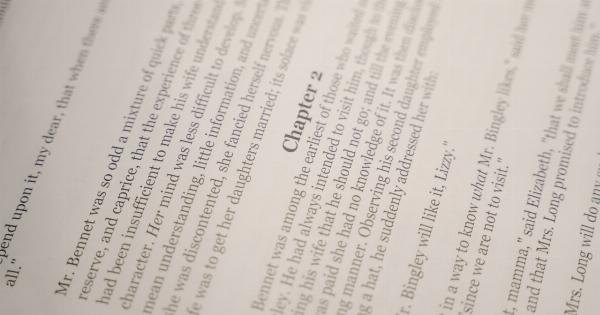Dyslexia is a common neurodevelopmental disorder that affects many children and adults around the world. It is characterized by difficulty with reading and writing despite normal intelligence, adequate instruction, and socio-cultural opportunities.
Dyslexia can significantly impact an individual’s academic and work performance, leading to negative self-esteem, social challenges, and emotional distress. Since dyslexia affects reading and writing skills, it is important to identify early markers of the disorder to prevent or mitigate its impact.
Here we examine the early markers of dyslexia in young children and their implications for diagnosis, intervention, and prevention.
What is Dyslexia?
Dyslexia is a specific learning disability that affects the way the brain processes written and spoken language.
It is not related to vision problems or lack of intelligence, but rather to difficulties with phonological processing, phonemic awareness, working memory, and automaticity. Dyslexia affects about 5-10% of the population, with a higher prevalence in males than females. Dyslexia is a lifelong condition that can be managed but not cured.
Early Signs of Dyslexia
There are several early signs of dyslexia that parents, teachers, and healthcare professionals should be aware of. These include:.
1. Delayed Speech and Language Development
Children with dyslexia may have a delayed onset of speech and language development. They may have difficulty with articulation, pronunciation, vocabulary, and grammar.
They may also have trouble following instructions, answering questions, and expressing themselves verbally. This can be a warning sign of dyslexia and should be addressed by a speech therapist or pediatrician early on.
2. Poor Phonemic Awareness
Phonemic awareness is the ability to recognize and manipulate the sounds of language. Children with dyslexia may have difficulty recognizing individual sounds, blending sounds into words, and segmenting words into sounds.
They may confuse similar sounds (e.g., b/d, p/q), omit sounds, or add sounds to words. This can make it hard for them to learn to read and spell, which are based on phonemic awareness.
3. Difficulty with Letter Names and Sounds
Children with dyslexia may have trouble learning the names and sounds of letters, which can impede their ability to decode and encode words.
They may also have difficulty identifying and producing rhyming words, recognizing common word families, and applying spelling rules. This can lead to poor reading comprehension and writing skills.
4. Slow or Inaccurate Reading
Children with dyslexia may read slowly, with mistakes, or with difficulty decoding unfamiliar words. They may skip or misread words, lose their place, or struggle to sound out words.
They may also have poor reading fluency and comprehension, which can affect their academic performance and motivation.
5. Poor Handwriting and Spelling
Children with dyslexia may have poor handwriting and spelling skills, despite effort and practice. They may have trouble forming letters, spacing words, and organizing their thoughts on paper.
They may also misspell words frequently, use unconventional spellings, or avoid writing altogether. This can affect their academic performance and self-esteem.
6. Difficulty with Learning a Second Language
Children with dyslexia may have difficulty learning a second language, especially if it is phonetically different from their first language.
They may struggle with pronunciation, vocabulary, and grammar, and may have a hard time applying their language skills to real-life situations. This can lead to frustration, anxiety, and avoidance of language learning opportunities.
7. Family History of Dyslexia
Children with a family history of dyslexia are at higher risk of developing the disorder themselves. Dyslexia tends to run in families and is partly genetic. If one or both parents have dyslexia, their children are more likely to have it too.
This does not mean, however, that all children with dyslexia have a family history of the disorder.
Conclusion
Dyslexia is a complex and often misunderstood disorder that affects many children and adults worldwide. Early identification of dyslexia is crucial for effective intervention and prevention of negative consequences.
Parents, teachers, and healthcare professionals should be aware of the early markers of dyslexia, such as delayed speech and language development, poor phonemic awareness, difficulty with letter names and sounds, slow or inaccurate reading, poor handwriting and spelling, difficulty with learning a second language, and family history of dyslexia. By recognizing these signs early on, children with dyslexia can receive appropriate support and succeed academically and socially.






























